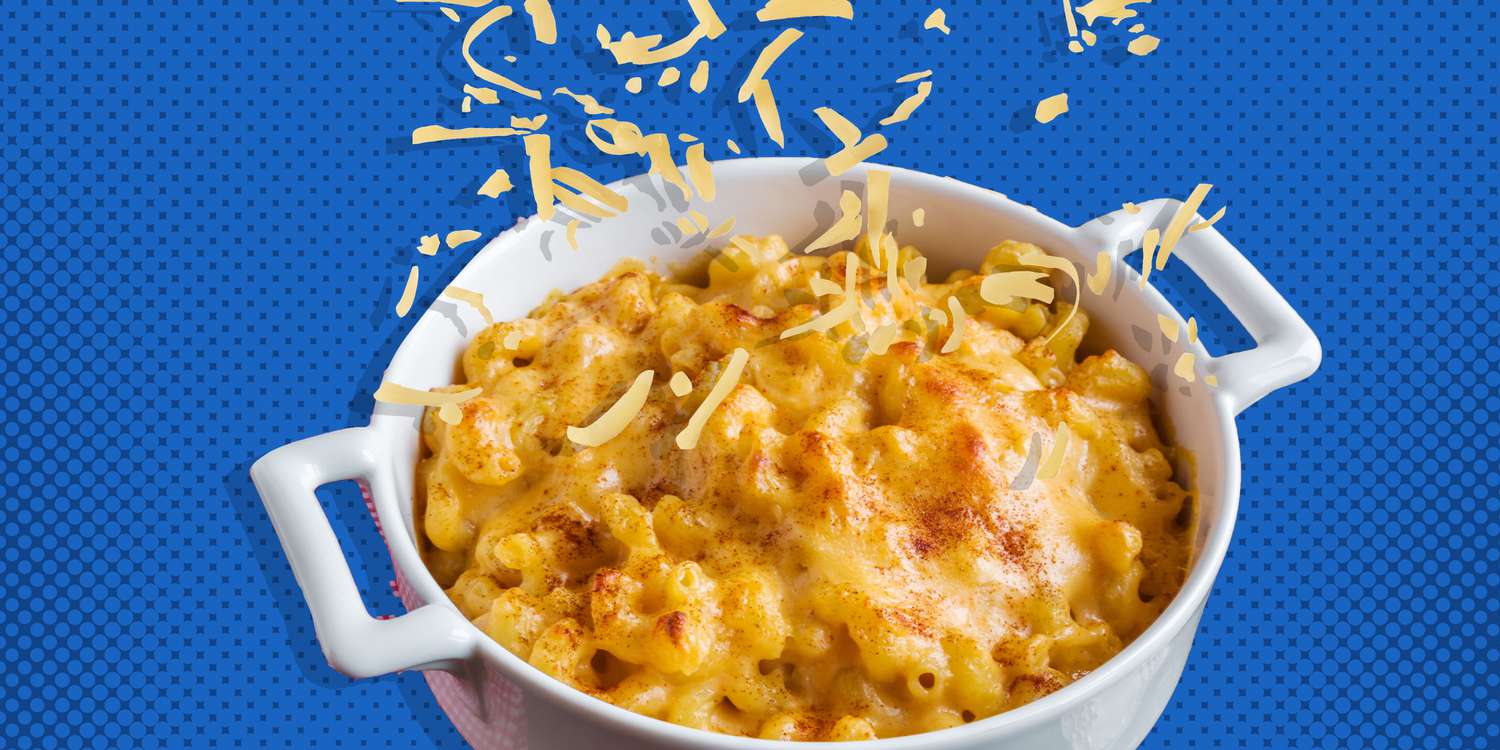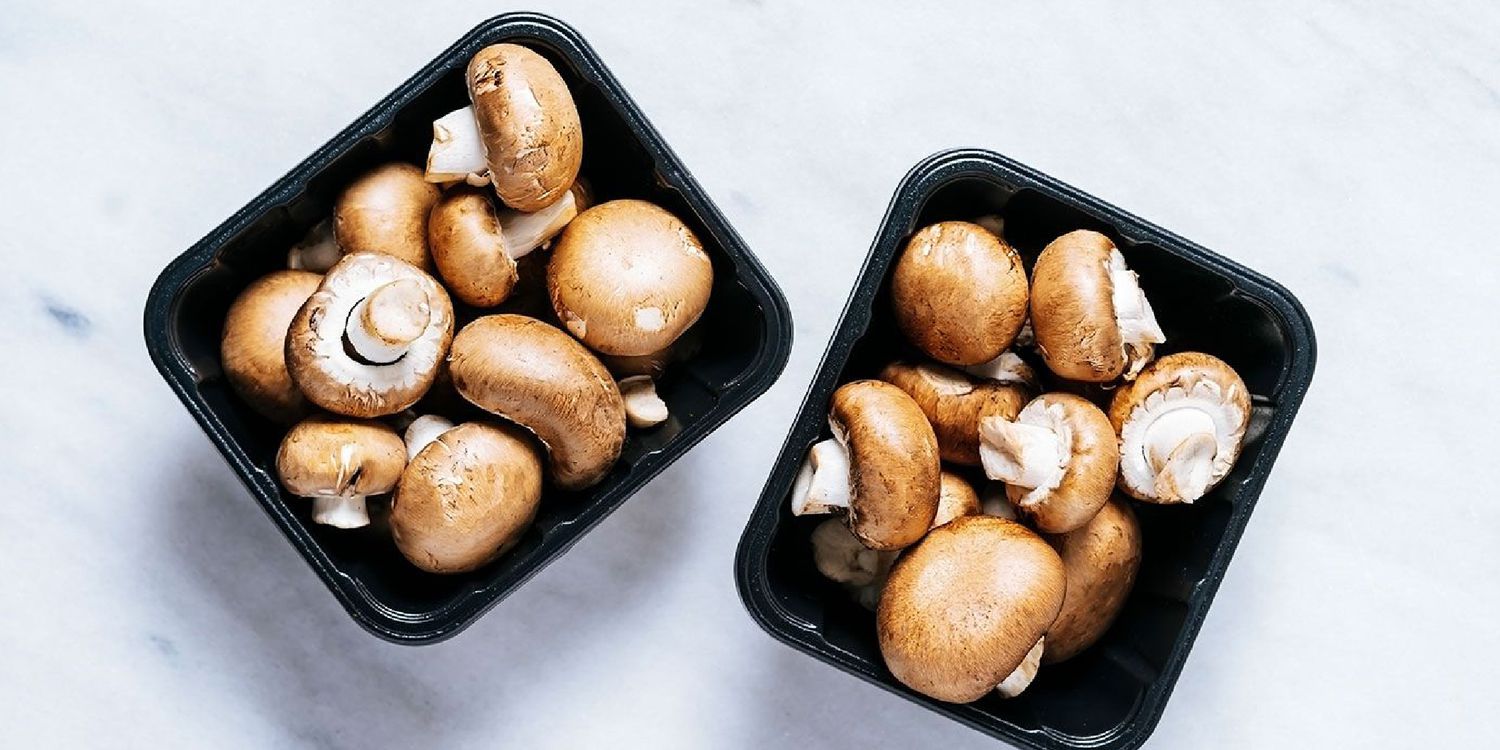Mac and cheese may be the ultimate comfort food. There is never a wrong time to enjoy a golden serving of creamy, gooey goodness. But there could be one mistake you’re making when preparing mac and cheese—or any dish that uses lots of cheese.
Cheese comes in all shapes and sizes—blocks, wheels, triangles, crumbles, and, of course, shredded. If there is one reason we buy shredded cheese over others, it is for convenience. Shredding your cheese can be time-consuming and tiring, and if we can cut that step out, it makes cooking that much easier (we all love a shortcut). That said, there are times when cutting corners just isn’t worth it.
When you shred cheese from a block, you probably notice that it tends to clump and stick together in a big mound. The pre-shredded version you buy at the store, on the other hand, falls effortlessly out of the bag to sprinkle on taco salads or bowls of chili. But why?
A package of shredded cheese often includes an ingredient that keeps the cheese from clumping together. This ingredient can affect how your recipes, like mac and cheese, turn out. The taste and texture may change as a result. So what is this secret ingredient that’s changing our favorite cheesy foods?
The Ingredient in Shredded Cheese That Prevents Sticking and Clumping
The short answer: cellulose. A form of starch, cellulose is often added in powder forms to bags of shredded cheese and as a texturizer or thickener in manufactured foods. This ingredient is also referred to as an “anti-caking agent” or “anti-caking blend” on packaging. The additive dehydrates cheese, removing the moisture that would otherwise cause strands of cheese to clump together.
What Is in an Anti-Caking Agent?
The anti-caking agent used is usually a blend of several starches, like potato starch and cornstarch, as well as preservatives such as natamycin and calcium sulfate, a naturally occurring calcium salt used as a drying agent.
How Pre-Packaged Shredded Cheese Changes Your Recipes
First, cellulose gives a powdery component to shredded cheese. And this powdery component will end up in your food. This anti-caking blend can’t help the cheese fuse and melt together if the whole point of the blend is to keep the cheese separated.
Not only does cellulose make it harder for cheese to incorporate, but this additive can make it gritty.
Here’s a “tip to avoid ‘gritty’ sauce,” says home cook JenCooks on this cheese sauce recipe. “You have to go old school and shred cheese from a block. Packaged shredded cheese is coated with [cellulose] to prevent shreds from sticking together, and this will make the sauce slightly gritty.”
The FDA says the proper amount of cellulose in cheese is 2 to 4 percent, but some brands, like those from Walmart and Jewel-Osco, may contain more than 4 percent cellulose, according to a test by Bloomberg.
Whether you’re concerned about cellulose as an additive or as an ingredient that’s changing your recipes for the worse, it’s important to know what’s going into your food. If cheese is one of the signature components of a recipe, you can’t beat shredding your own block.
Bottom line—if you have the time and elbow grease, we recommend grating your own cheese. We certainly will still use shredded cheese too though; the packaged stuff is a great option for topping items, like baked potatoes, nachos, and party dips.




